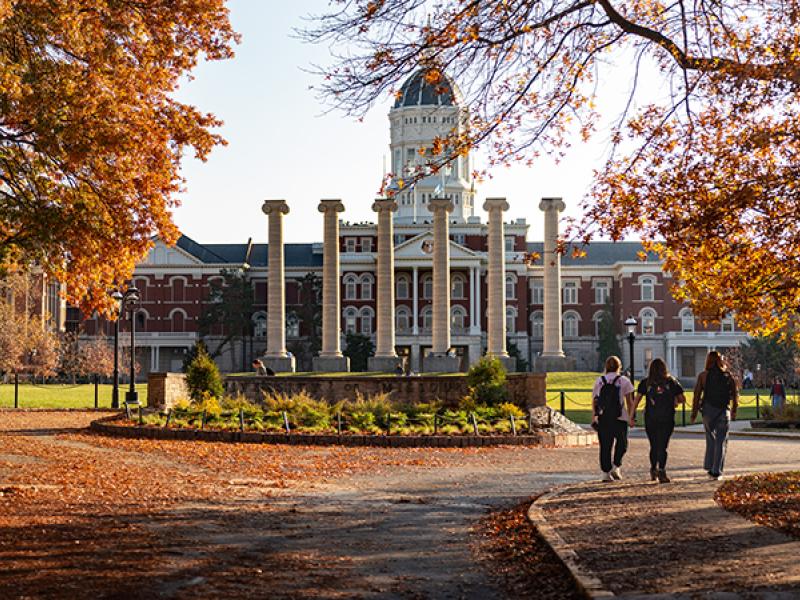The University of Missouri School of Medicine makes need-based financial assistance for its students a priority. In academic year 2023-2024, nearly 87 percent of our students received more than $27 million in loans and scholarship funding from school, federal, and private sources.
2025-2026 First-Year Costs
- Tuition and fees Missouri resident: $49,786*
- Books and supplies: $931
- Room and board: $18,553
- Personal expenses and transportation: $8,280
- Hepatitis B vaccination: $130
- Total estimated expenses, Missouri resident: $81,343
- Additional out-of-state tuition for non-residents: $47,542
- Total estimated expenses, non-resident: $128,885
*Tuition subject to change
2025-2026 Cost of Attendance M1-M4
Financial Aid Tips
Although medical school can be expensive, and student loans are a reality for many, you do have options. The key to making medical school affordable is educating yourself about your options.
Borrow Wisely
- Educational loans are a useful tool to pay for college, but you are encouraged to borrow only enough to cover your necessary educational related expenses.
- You are mortgaging your future income when you borrow an educational loan. The less you mortgage now, the more you will have to enjoy in the future.
- You will be offered loans up to the full cost of attendance. Accept only what you need. If you find you have borrowed too much or too little during the year, you may ask for a revision.
Spend Wisely
- Create a budget, or spending plan, to help control your borrowing.
- Plan for expenses that only come up once or twice per year.
- Keep a cash reserve of at least $500 for emergencies.
- Pay off your credit card balance in full every month.
- Request a copy of your credit report at Annual Credit Report.com. Resolve any issues over the summer.
Students can petition to become a resident after you have lived and worked in Missouri for 12 consecutive months. Please visit the Office of the University Registrar to learn more.
Manage your educational debt acquired prior to medical school. Know how much you owe. Check your balances at the U.S. Department of Education's office of Federal Student Aid.
Types of Financial Aid
Loans have to be repaid, usually with interest, but grants and scholarships are gifts. That’s why they are commonly referred to as “gift aid”. You will receive a link to the MizzouMed’s scholarship application after you have been offered admission. Our deadline date for submission is June 30.
The MU School of Medicine awarded more than 27 million dollars in financial aid during the 2023-2024 academic year.
During your M1 year, you will have the opportunity to apply for one of six summer work programs that will earn you a stipend. The experiences last between four and eight weeks. Research, clinical and international opportunities are available. Find out more about our Summer Programs and Fellowships.
Service Commitment
Another option you have is a service commitment where you owe back your time rather than your money. These service grants will provide full tuition plus a living stipend. Find out more about these opportunities on our Service Commitment Programs page.
- National Health Service Corp
- Armed Forces
- Indian Health Service
Financial Aid To-Do List
myzou.missouri.edu (Student Center)
- Apply at FAFSA.ed.gov by April 1. Include school code 002516.
- Submit your Mizzou Med scholarship application by June 30.
- Research outside scholarships and service commitments.
- Accept your awards by July 1.
- Research credit-based loans.
- Complete loan paperwork with your loan servicer.
No matter where you are in your journey as a medical student, you can find informative resources at AAMC’s FIRST (Financial Information, Resources, Services, and Tools).
Download a printable version of this financial aid information: Invest in You





